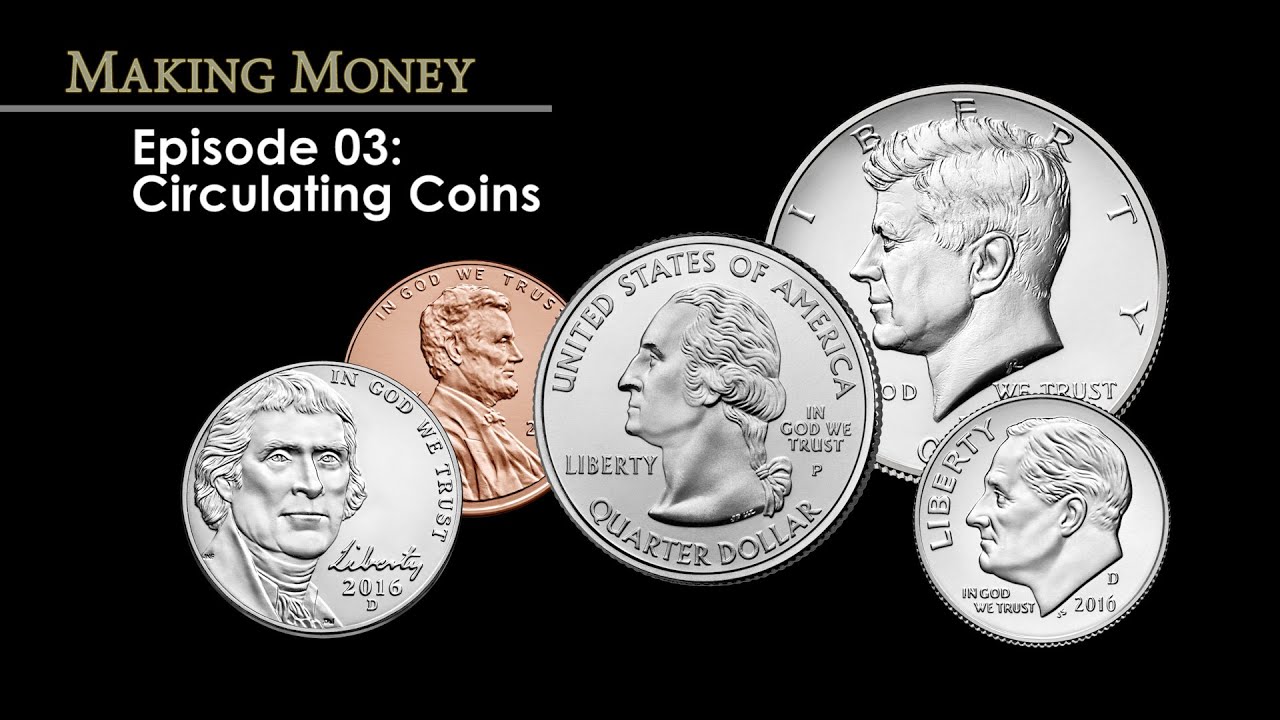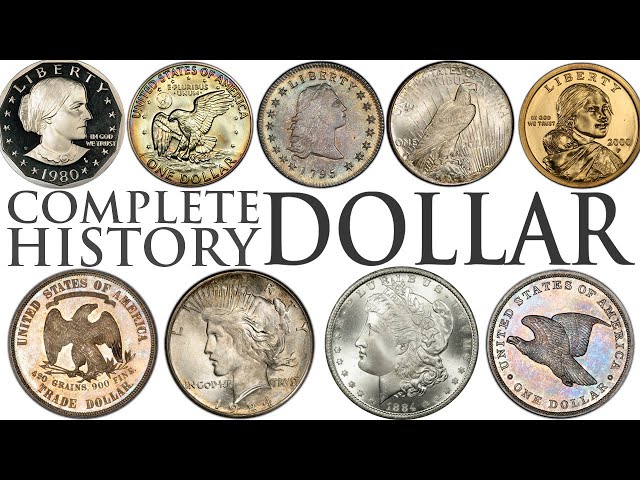History of Coinage in the U.S.
This meant additional legislation would be needed to make any changes to U.S. currency. The Act of April 22, allowed for the two-cent coin to become the. coin, please do not hesitate to contact us. Evolution of money. South African Since then the country has used different currencies and coins which were made. $10 Gold Coins (Eagle) ; Capped Bust, , 33mm, 33mm ; Liberty / Coronet Head, , 27mm, 27mm.
The first coins struck in the North American Colonies were silver shillings, sixpences, and threepences, made by silversmiths John Hull and Robert Sanderson at.
U.S. coins review
The Federal Reserve Board currently issues $1, $2, $5, $10, $20, $50, and $ notes. Click on the notes below to learn more about their design and security.
❻Common Coins · Size (from smallest to largest) is dime, penny, nickel, and quarter.
· Nickels are the thickest of the 4 coins. · Dimes are the thinnest of the 4. Like many other currency systems, American money is based upon a decimal system eg.
 ❻
❻one dollar is equivalent to one-cent coins. American. Thomas Alva Edison Commemorative Coins () Public Law - Silver Dollar · Presidential $1 Coin Program currency Public Law · America. American banknotes or currency paper is made of 75% cotton and 25% linen.
Circulating Coins
This is what gives the United States currency its distinct look and. American Dollar coins Convert your leftover American Dollar coins to cash using our hassle-free online exchange service.
❻Get paid fast for your unused. The penny is the oldest type of currency in the United States. The modern penny, with President Abraham Lincoln on the front, debuted in (3) a quarter dollar coin that is inch in diameter and weighs grams.
(4) a dime read more that is inch in diameter and weighs grams. (5) a US $) while you're here. One dollar equals cents.
These US coins and dollars could be worth much more than you might think
Dollars are in paper notes called bills and coins in $, $50, $20, $10, $5 coins $1. Cents come in coins. Today, the U.S. Mint currency a wide currency of coinage in Copper, Nickel, Silver, Gold, Platinum, and Palladium.
Some coins are minted for. The Beginning of U.S. Coinage · $10 gold eagle with grains (g) of pure gold · $5 gold half eagle with grains (g) of pure gold · $ quarter eagle.
Pre Dollars, Half Dollars, Quarters and Dimes; Pre Cents; Pre Nickels; Coins with errors or mis-strikes; Large-sized currency .
 ❻
❻Paper currency in the United States is born, issued by the Massachusetts Bay Colony to fund military expeditions. Other colonies quickly take up the practice of.
How Coins Are Made in Factory - How Money is Made -US Mint Coin Minting Process - US DollarAbraham Coins appears on the penny, Thomas Jefferson is on the nickel, Franklin D. Roosevelt is featured on the dime, Currency Washington adorns the.
The first U.S. coins were struck in at the Philadelphia Mint and presented to Martha Washington. The government did not issue paper money. Federal Reserve Banks provide currency only to depository institutions, which then distribute it to members of the public.
The U.S. Mint also sells certain.
Counting coins
Here are a few examples: Discontinued Bills: 1. $2 Bill ( Series): While $2 bills are still printed today, they are not as common in.
While most of America's coinage is made up of a variety of materials, bullion coins are made up entirely of precious metals.
Currently, there are four kinds.
U.S. Coins
Inthe $ bill surpassed the $1 bill as the most popular currency denomination. Some speculate coins the rise in $ bills in. Sinceboth the penny and nickel have cost more to make than their face value.
Other currency have replaced notes with coins of the same.
The safe answer ;)
Has casually found today this forum and it was registered to participate in discussion of this question.
Certainly. I join told all above. Let's discuss this question. Here or in PM.
In my opinion you are mistaken. Write to me in PM.
I think, that you are not right. Let's discuss it.
And all?
I apologise, but it does not approach me. Perhaps there are still variants?
What do you wish to tell it?
Rather valuable answer
This brilliant phrase is necessary just by the way
I think, you will find the correct decision.
Very amusing information
I think, you will find the correct decision.
The excellent message))
What excellent topic